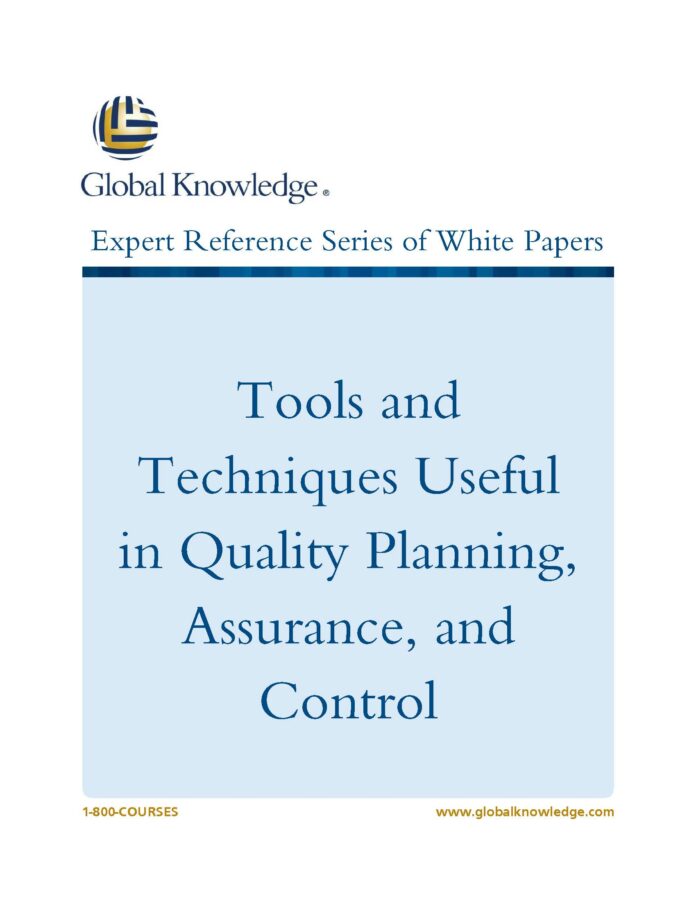The Project Management Institute’s (PMI’s®) best practices related to quality are all founded firmly in:
- The quality theories of W. Edwards Deming, Joseph M. Juran, and Phillip Crosby;
- The International Organization for Standardization (ISO) approach to quality management; and
- Well-known quality approaches such as total quality management (TQM), Six Sigma, the voice of the customer (VOC), and failure mode and effects analysis (FMEA) design reviews.
Modern quality management and project management are complementary, they both emphasize customer satisfaction. Quality leads to customer satisfaction. The main objective in quality management is making sure that the project meets the needs that it was originally created to meet—nothing more, nothing less. In other words, to ensure the quality you must meet the needs of the stakeholder.
Meeting or exceeding requirements, on the other hand, is not part of project quality management. According to the PMBOK® Guide, quality is “the degree to which a set of inherent characteristics fulfill requirements.â€
The project manager and project management team have a special responsibility to balance quality and grade (a category or rank assigned to products or services having the same functional use but different technical characteristics) to ensure that quality expectations are met. This means that it might be possible and reasonable to have a quality, low-grade product, but it is never acceptable to have a low-quality product.
At the beginning of the project, requirements are determined by the stakeholders. These requirements become the foundation for the work of the project. After that, the project manager’s job is to ensure that the agreed work is done, with no extras included.
Quality is not about giving the customer extras, which are often based on possibly erroneous perceptions of what you believe the customer wants. These extras add time, possibly costs, and other impacts to a project, but do not always result in increased customer satisfaction.
Project quality management consists of three major processes:
- Plan quality management: identifying the quality requirements and standards for the project and product (planning process group).
- Perform quality assurance: auditing the quality requirements and quality control results to ensure that appropriate quality standards are used (executing process group).
- Control quality: monitoring and recording the results of quality activities to assess performance and recommend necessary changes (monitoring and controlling process group).
The definition of quality is central to understanding these three processes. To be able to define quality, you need to be clear about the meaning of the following terms:
- Validation: assurance that the product meets the agreed-upon needs
- Verification: compliance with requirements
- Precision: repeatable measures in a tight grouping
- Accuracy: closeness of a measure to the true value
- Tolerance: range of acceptable results
The quality management planning process determines the quality standards that are applicable to the project and devises a way to satisfy them.
The goal is to create a quality management plan which documents the following:
- The way the team will implement the quality policy
- The way quality of both the project and the product will be assured during the project
- The resources required to ensure quality
- The additional activities necessary to carry out the quality plan
Identification of these items might require updates to the project management plan or schedule, emphasizing the evolving nature of the plan and project documents. The plan, like other components created during the planning phase, is written by the project manager with input from stakeholders.
When planning for quality on a project follow the corporate quality policies that are in place. If a corporate quality policy does not exist, the project team should create one for the project. The project team might even need to adapt an existing policy to better suit the nature of the project.


